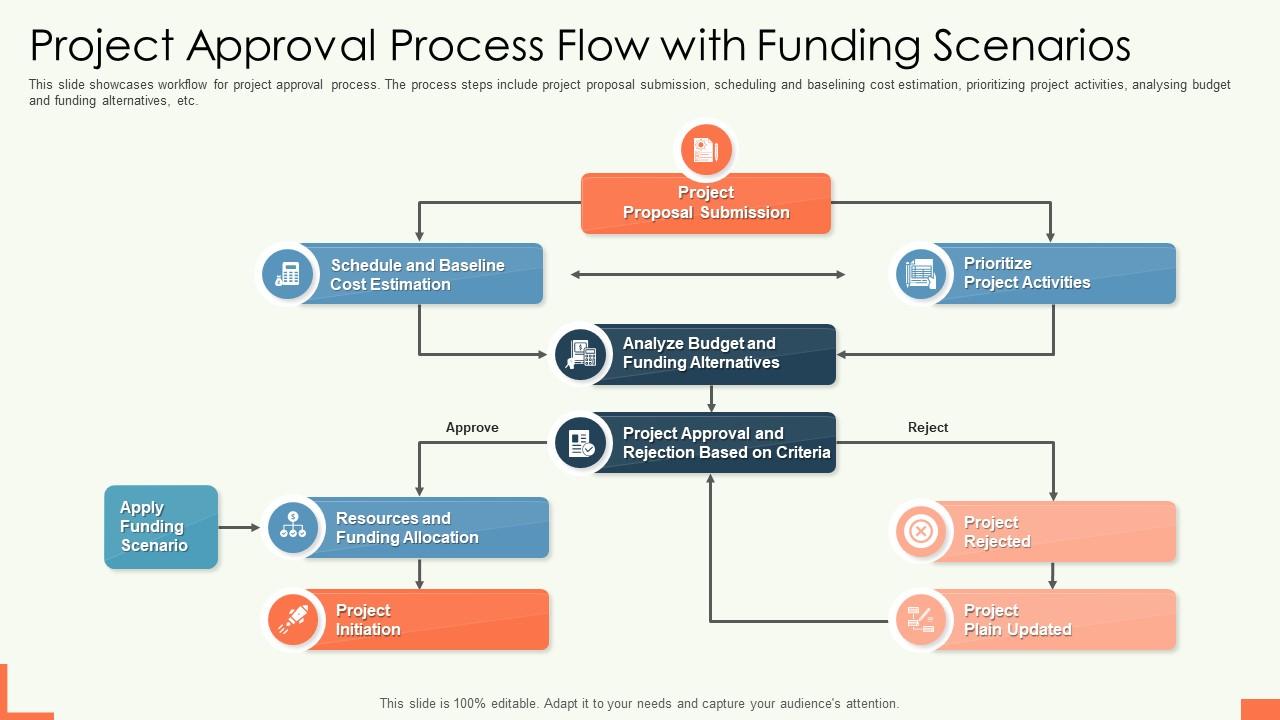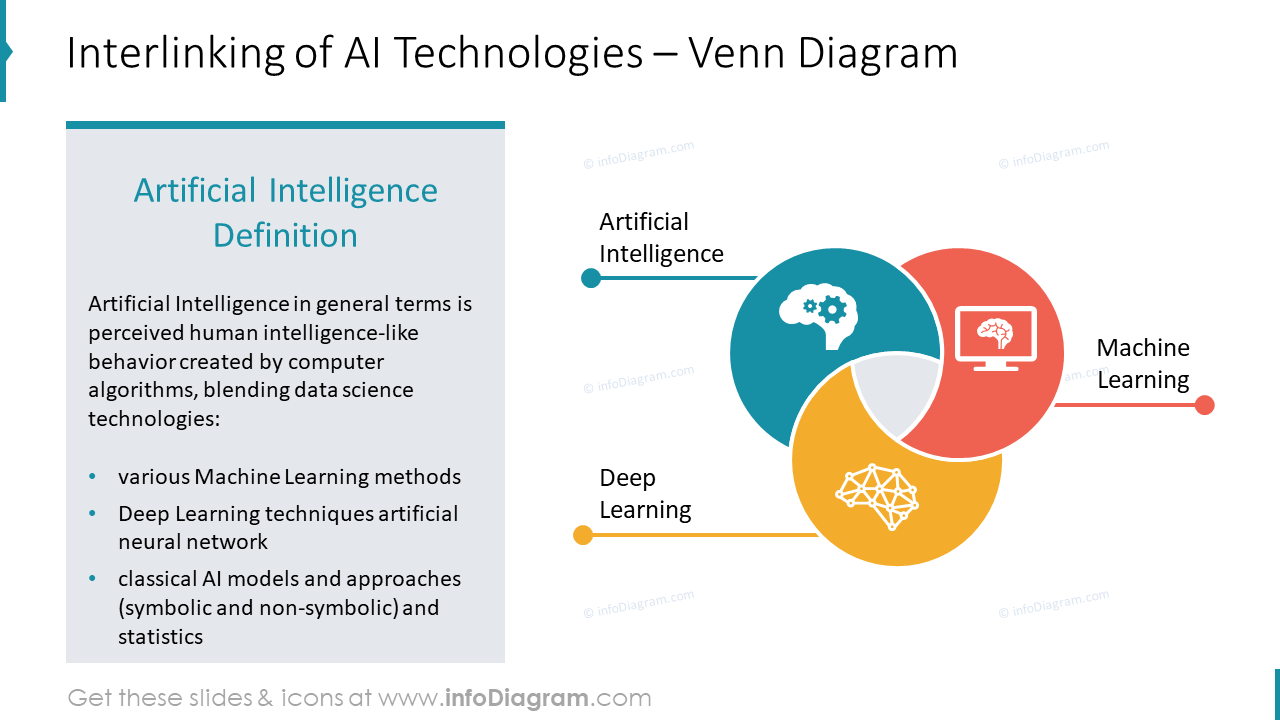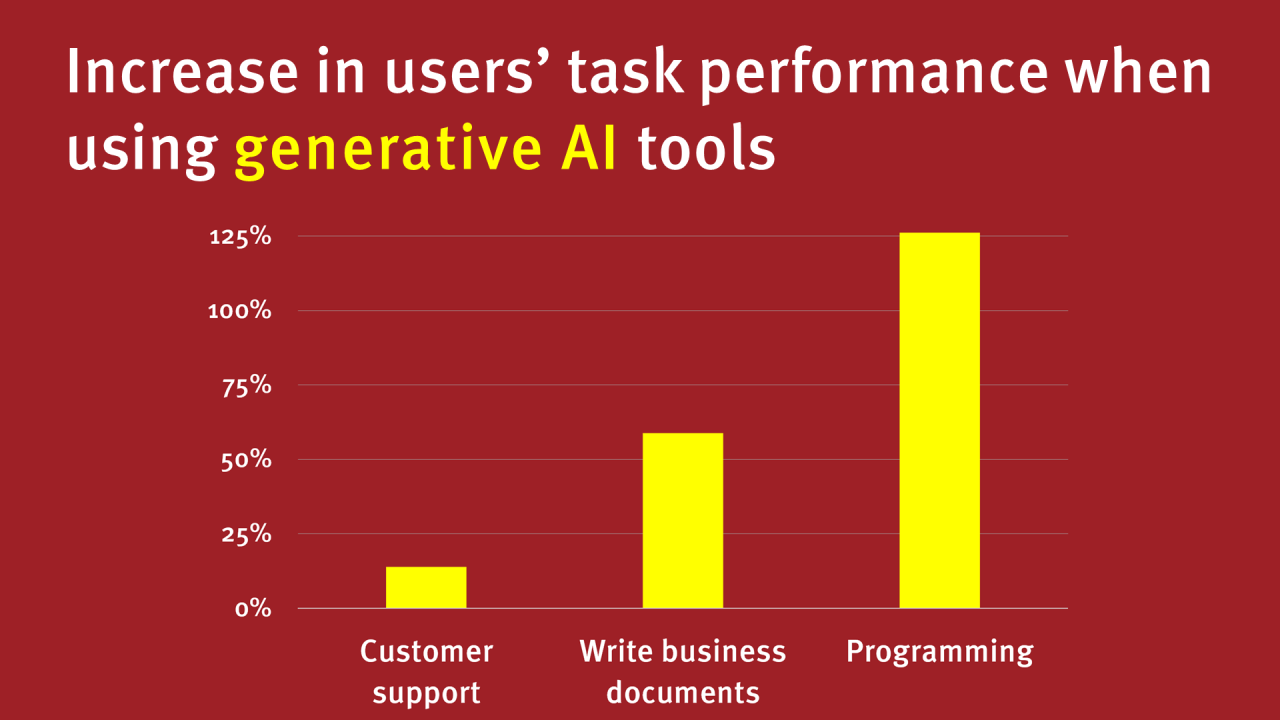In today’s digital landscape, the role of Artificial Intelligence (AI) in enhancing content collaboration has become increasingly pivotal. As organizations strive for efficiency, traditional collaborative processes can often become cumbersome and hinder productivity. AI technologies present solutions that streamline workflows, improve communication, and foster creative processes. By incorporating AI, content managers and their teams can address common collaboration challenges while meeting the growing demands for quality and speed in their content outputs.
AI-powered tools not only automate repetitive tasks but also offer valuable insights that help teams monitor performance metrics and boost productivity. This guide explores how AI can improve content collaboration, emphasizing practical strategies, current tools, and established case studies. Content managers will gain insights into evaluating productivity, managing document versions effectively, enhancing project workflows, and striking a balance between AI support and human creativity. Ultimately, the objective is to equip content teams with the necessary knowledge and tools to thrive in an AI-augmented environment.
Unlocking the Power of AI in Content Collaboration
AI technology significantly influences how content management teams collaborate. It mitigates many of the inefficiencies often associated with traditional processes. Tools such as Vendasta’s CRM leverage AI automation to facilitate real-time document co-authoring, ensuring that edits, feedback, and revisions are seamlessly integrated into the content creation process.
Collaboration is a vital component for content teams, bringing together diverse skills and perspectives. However, conventional workflows frequently involve lengthy exchanges that can lead to confusion or miscommunication. AI simplifies communication by tracking comments, providing valuable context, and maintaining comprehensive version histories, thereby reducing the risk of errors.
Research indicates that AI-powered tools can streamline editorial processes within media and publishing sectors. A recent study shows that project managers have reported a positive return on investment (ROI) from using these AI tools, highlighting their effectiveness in improving team collaboration and overall performance metrics.
An infographic illustrating the collaborative process between humans and AI, showcasing innovative workflows and efficiency gains. (Source: Dreamstime)
Boosting Team Productivity with AI—Fact or Fiction?
Measuring productivity in the context of content creation can be complex, yet AI provides tangible enhancements. AI tools can analyze workflows to identify obstacles and recommend improvements. For instance, platforms like Zapier facilitate automation between various applications, significantly reducing manual tasks and freeing up time for more creative endeavors.
Defining productivity in this scenario involves not only the volume of content generated but also the quality and timeliness of delivery. Implementing AI-driven tools has consistently demonstrated productivity increases; a study from Capterra indicates that 63% of project managers reported heightened productivity with AI integration.
Moreover, AI can save technology workers an average of 66 minutes daily, which translates directly into enhanced efficiency in content generation and project management. By employing these intelligent tools, teams can achieve measurable improvements characterized by better outcomes and optimized workflow dynamics.
A chart comparing productivity metrics before and after the integration of AI into workflow processes. (Source: LinkedIn)
Mastering Document Version Control—AI Makes It Easy!
Effective document version control is crucial for collaborative content projects. AI tools greatly enhance version control by automating updates and diligently maintaining records of all document iterations. This technology allows team members to access the most current versions while minimizing confusion over changes.
AI-powered document management systems offer features such as automatic version tracking, enabling teams to revert to previous document stages when necessary, thereby ensuring content integrity. This approach is especially beneficial for marketing agencies and publishing houses that routinely handle collaborative documents.
However, integrating these AI tools can present challenges. Educational institutions, for example, may encounter compatibility issues with existing workflows. Research shows that many organizations require substantial customization to align AI tools with their specific content management requirements.

A timeline visual summarizing significant milestones in the development and application of AI technologies in document management. (Source: Wikipedia)
Streamlining Project Approval—AI Tools to the Rescue!
Project approval processes are often slow and can impede the progress of content projects. AI solutions effectively address these bottlenecks through automation and real-time data tracking, enhancing collaborative feedback mechanisms among stakeholders.
AI tools can predict project risks and suggest mitigation strategies, allowing teams to proactively deal with potential approval delays. For example, platforms like Asana and ClickUp facilitate task sharing and automate reminders for pending approvals.
Successful implementations, such as those observed in larger media firms, indicate that streamlined approval workflows contribute to quicker project completions and improved alignment with marketing initiatives. With AI assistance, teams can experience more efficient collaboration and reduced delays in achieving project milestones.

A flowchart detailing the approval process for projects, highlighting the stages enhanced by AI tools. (Source: SlideTeam)
Balancing AI Efficiency and Human Creativity—Is It Possible?
While AI brings notable efficiencies, concerns remain regarding its impact on human creativity. Content creation inherently involves creative and subjective elements—areas where human insight is invaluable. AI should be regarded as a supportive tool that augments rather than replaces the creative process.
Understanding the balance between AI capabilities and human creativity is essential. Case studies illustrate that organizations prospering in this new environment are those integrating AI technology while retaining a human touch in editorial decisions. This approach allows teams to harness the data-driven insights provided by AI without compromising the essential human elements of storytelling and context.
Human oversight is critical, especially regarding ethical AI use. This collaborative approach maximizes the strengths of both AI and human creativity, resulting in richer, more varied content outputs.

A Venn diagram illustrating the relationship and intersection between AI capabilities and human creativity, emphasizing their collaborative potential. (Source: InfoDiagram)
Real-World Success Stories—AI Transforming Content Collaboration
Numerous organizations are experiencing the benefits of AI-enhanced content collaboration. For example, Pearson, a prominent entity within the publishing industry, has successfully adopted NLP-driven language assessment tools, leading to higher editorial quality and efficiency. Reports indicate that 90% of project managers have recognized positive ROI from their AI tools, underscoring substantial financial and operational advantages.
Successful implementations across various sectors reveal that AI tools enhance workflows by automating repetitive tasks and providing valuable data insights. Marketing agencies utilizing tools such as HubSpot’s Email Writer have noted quicker turnaround times on campaign materials, demonstrating the transformative potential of AI.
These real-world applications not only highlight the advantages of AI tools but also provide lessons for other teams aiming to achieve similar improvements. Understanding the features of effective AI solutions can guide content managers in selecting implementation strategies that align with their organizational goals.

A visual representation of successful case studies and stories surrounding AI implementation in business contexts. (Source: Wix)
The Future of AI in Content Collaboration—What Lies Ahead?
The future of AI in content collaboration looks promising, with projected advancements in both technology and methodologies. As organizations prepare to increase their AI investments, it is essential to anticipate emerging trends that will shape collaborative practices.
Next-generation AI tools are likely to integrate more seamlessly with existing workflows, enhancing user experiences significantly. Continuous ROI assessment will play a crucial role, enabling managers to track the performance and value delivered by AI technologies effectively.
Promoting a culture of innovation and adaptability among teams will ensure that organizations remain competitive in the evolving content landscape. By embracing the potential of AI while fostering human creativity, businesses can successfully navigate future challenges.

A graphic showcasing the anticipated advancements and trends in AI as they relate to content collaboration. (Source: Supply Chain Today)
Integrating AI within content collaboration presents valuable opportunities for content managers and their teams. By understanding the tools, strategies, and methodologies discussed in this guide, organizations can enhance their workflows, harmonize AI efficiency with creativity, and ultimately deliver high-quality content in a more timely and effective manner. As AI continues to advance, the potential for improved collaboration in all aspects of content creation will be increasingly integral to organizations' success in today’s digital environment.


Komentar (0)
Masuk untuk berpartisipasi dalam diskusi atau .